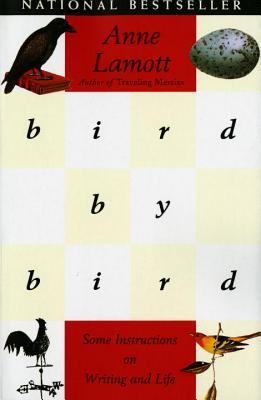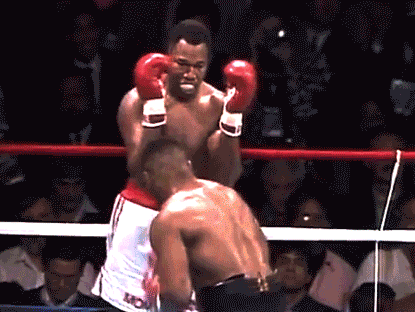My first experience with therapy was with the university psychiatrist, blonde and fat and scribbling on a yellow notepad. I recall that she interrupted my casual “I guess it is pretty typical for grad students to cry” with a severe “No, that’s not normal.” In retrospect, I understand that I had come to her office because I needed someone with institutional authority to tell me that my fears about my capabilities were unfounded and that everything would be alright. Instead, she asked, would I kill myself? If I was indeed incapable, would it be the end of the world?
I didn’t (and still don’t) really understand this question. What world? Whose world? Is it MY world or do we share this world? How is my life connected to this ending or continuing world? Are there other worlds? What if it is the end? Do we mourn, celebrate, or feel nothing at the end of some world? The only part that was communicated to me clearly was the implied shaming of the rhetorical “Oh come on. Is this REALLY the end of the world?” Satisfied that I was not suicidal, she handed me a flow-chart worksheet and billed University insurance.
This is my long introduction to the topic of this blog post: the ultimate villainous mastermind in Shojo Kakumei Utena who calls himself Sekai no hate (世界の果て), translated as The End of the World or World’s End. I am intrigued by this character because I am still trying to understand the parameters of “the world” implied in that rhetorical phrase. So, who IS Sekai no hate and what does his character role tell us about adulthood/maturation in SKU?







